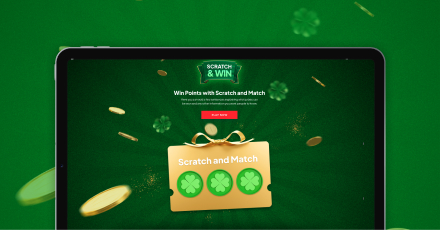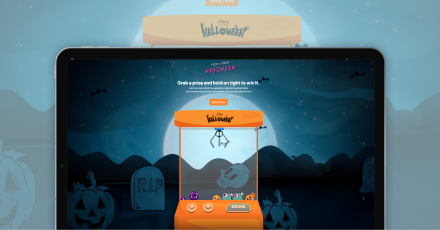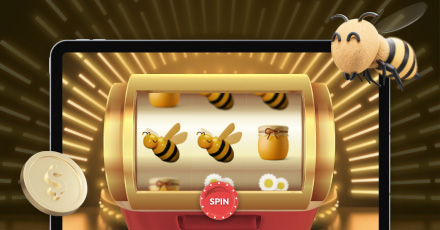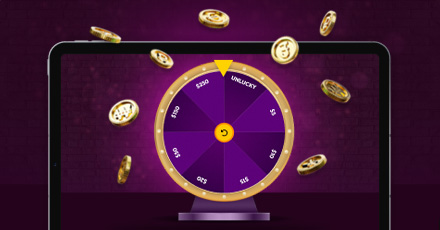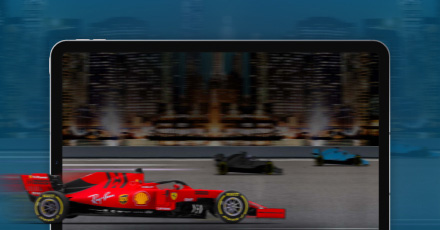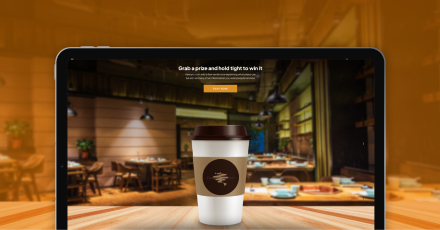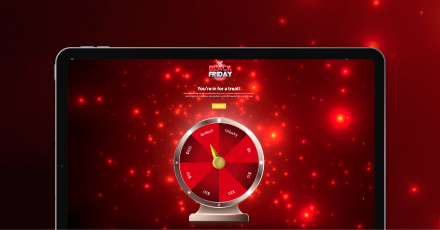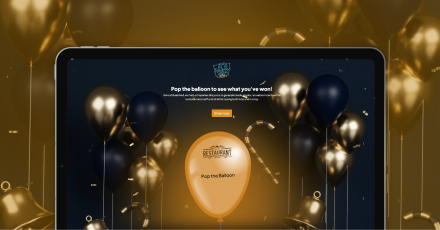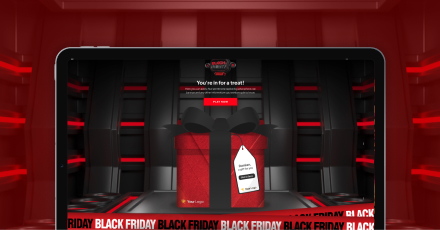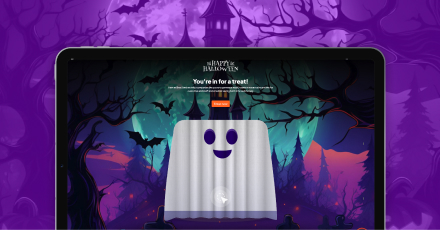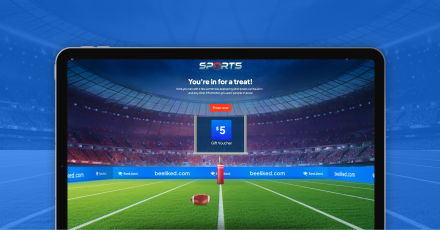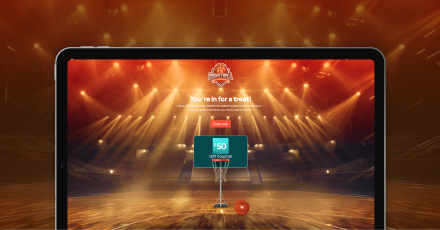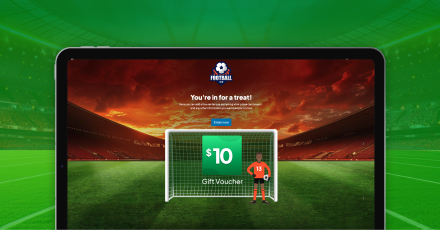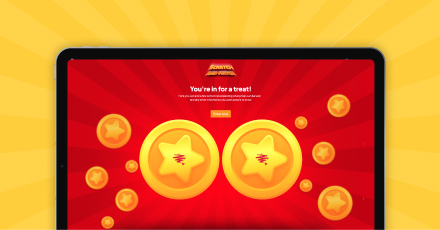A well-designed loyalty program goes beyond rewarding transactions to building relationships, reinforcing brand affinity, and encouraging consistent engagement. While many programs are created with good intentions, they often fall short in execution. The rewards exist, but the experience lacks depth. Customers sign up but don’t stay engaged. The result is a loyalty program in name only – one that looks good on paper but fails to deliver measurable impact.
Design matters for both the customer experience and broader customer retention strategies. Research from Harvard Business Review shows that even a modest 5% improvement in customer retention can increase revenue by 25% to 95% – a compelling reason to invest in program design from the start. In this article, we’ll explore what it takes to succeed at designing loyalty programs that support your customer retention strategies – from structure and progression to the role of gamification for customer loyalty. Whether you’re starting from scratch or refining an existing framework, the right design can make all the difference.
Why Loyalty Program Design is Key to Customer Retention Strategies
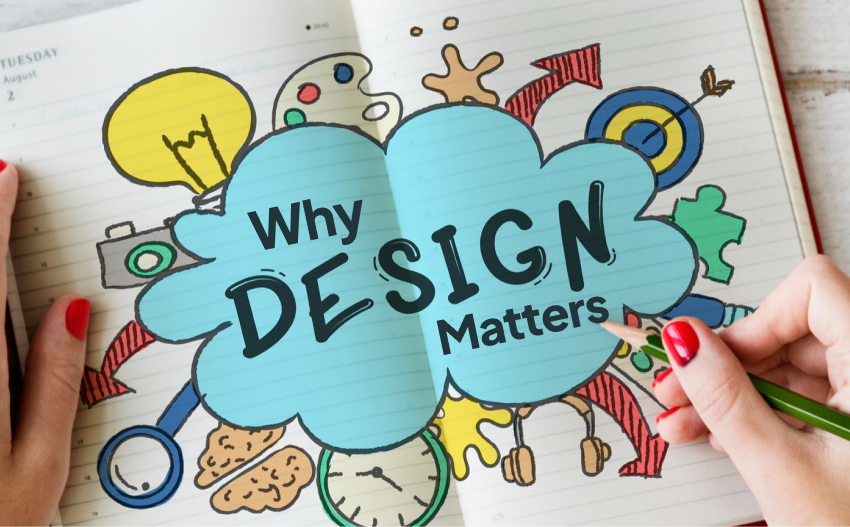
A loyalty program’s success isn’t determined by how generous the rewards are, but by how thoughtfully the experience is built. Structure, flow, and user expectations all determine whether customers engage once or regularly visit. Poorly designed customer loyalty programs often rely on outdated assumptions. They focus on transactions over relationships, offer rewards that feel disconnected from the brand, or create unnecessary steps in the user journey that make it easier to ignore than interact.
Strong design, on the other hand, reduces barriers and adds meaning. It sets the rules of engagement, defines how value is earned and perceived, and reinforces the emotional connection between the brand and the customer.
Core Elements of a High-Performing Loyalty Program
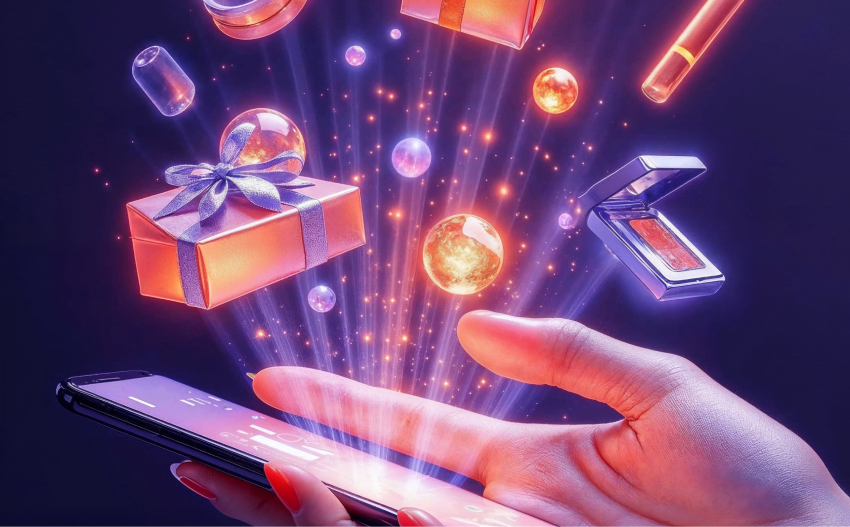
An effective loyalty program isn’t built on guesswork. It requires a well-defined structure that supports both customer motivation and business goals. Merkle’s 2024 report found that a strong customer loyalty program impacts 84% of consumers when deciding whether to continue doing business with a brand. Whether you’re starting fresh or refining an existing framework, the following elements form the foundation of a program that delivers long-term results. These principles are essential for designing loyalty programs that meet your goals:
- Clear Value Proposition: Customers need to understand what they’re gaining and why it matters. The value should be obvious, relevant, and easy to communicate – whether that’s early access, exclusive rewards, or meaningful experiences tied to their preferences.
- Simple Earning Logic: Complexity is the enemy of participation. The earning structure should be intuitive – actions such as signing up, purchasing, or referring a friend should translate into clear outcomes. If customers have to think too hard, they won’t engage consistently.
- Progression and Milestones: Programs that include levels, tiers, or status-based rewards give customers something to aim for. Progression taps into intrinsic motivation and encourages continued interaction by offering recognition along the way.
- Reward Variety and Relevance: A single type of reward rarely works for everyone. Offering a range of incentives, such as discounts, access to experiences, or limited-time offers, keeps the program flexible and helps maintain interest across different customer segments.
- Consistent Communication: A loyalty program should be vibrant. Regular touchpoints, such as milestone emails, in-app prompts, or seasonal reminders, keep it top of mind and encourage customers to revisit.
What Strong Loyalty Programs Have in Common
While every business has its own goals, the most effective loyalty programs share some common traits. These aren’t surface-level features – they’re design decisions that directly influence how customers engage with your brand and whether they return. If you’re focused on designing loyalty programs that deliver meaningful results, here are the key design takeaways:
- Clarity: Customers should never have to guess how the program works. The value, actions, and rewards must be easy to understand from the start. Confusion creates friction, and friction undermines participation. A clear “how it works” section, simple onboarding flow, and consistent messaging all help reduce ambiguity and make the program feel approachable.
- Flexibility: Strong loyalty programs are built with various customer journeys in mind. Some customers engage frequently but spend less. Others might purchase infrequently but spend more. A flexible design accommodates both. Offering different reward types or allowing customers to choose their preferred incentives adds personal relevance to the experience.
- Momentum: A well-paced program keeps customers moving forward. This can be done through visible progress tracking, surprise rewards at key milestones, or limited-time challenges. Momentum is what turns a one-time interaction into an ongoing habit. Customers need to feel like every action brings them closer to something valuable.
- Relevance: A compelling loyalty program reflects the brand it represents. Rewards that are too generic – or worse, unrelated – can feel like an afterthought. The most effective programs tailor rewards to the customer profile, align them with brand values, and create meaningful experiences rather than transactional ones.
- Consistency: Loyalty requires presence. Strong programs are consistently communicated, regularly updated, and fully integrated into the customer experience. This doesn’t mean constant promotions – it means thoughtful, steady engagement. Whether through emails, app notifications, or personalised offers, consistency builds trust and keeps the program top of mind.
Integrating Gamification Into Loyalty Program Design
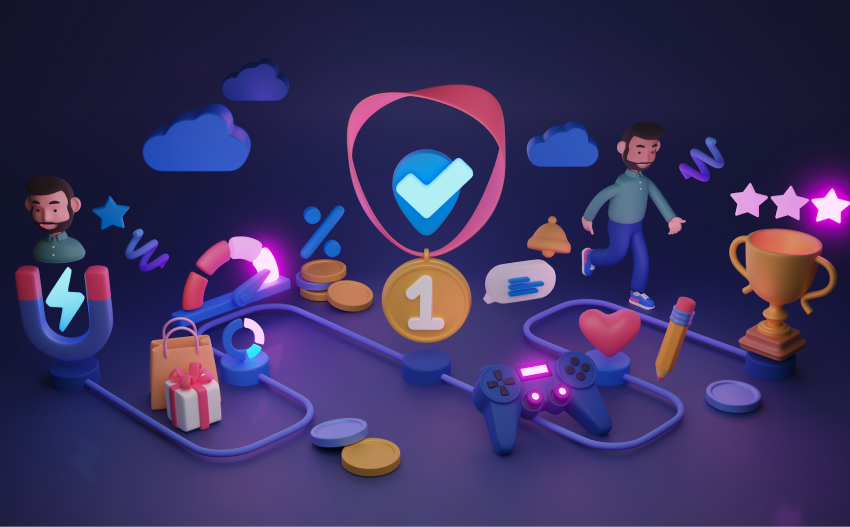
Gamification is not a replacement for loyalty design but an enhancement. It should introduce a sense of anticipation that encourages repeated interaction. The right approach is especially important for designing loyalty programs that aim to balance structure with flexibility. Here are five ways to use gamified elements for your customer loyalty programs without losing clarity or control:
- Time-Limited Games to Reignite Interest: Digital spin-to-win wheels, slot machine promotions, or pop the balloon promotions work well for short-term engagement boosts. These formats are excellent for seasonal campaigns or reactivation efforts, giving customers a reason to return during key periods.
- Challenges That Drive Specific Behaviours: Rather than waiting for engagement to happen, give customers something to work toward. Challenges tied to actions such as reaching a spending threshold or trying a new product can steer behaviour in the right direction while keeping the experience enjoyable.
- Tier-Based Rewards with Surprise Elements: Tiered loyalty programs already encourage progression. Adding an element of surprise, such as a mystery bonus unlocked at each new level, can make that journey feel even more worthwhile and energise the sense of achievement.
- Referral Games That Incentivise Sharing: Instead of offering a standard referral discount, gamified experiences can make sharing more exciting. For example, a referrer might unlock a gamified experience after their third successful referral, while the new customer receives an instant win. This is excellent for promoting advocacy while keeping both parties engaged.
- Personalised Reward Paths: Giving customers some control over their rewards, such as choosing between multiple prize options or unlocking content based on preferences, can make the experience feel more tailored and meaningful. This sense of autonomy boosts satisfaction and keeps the program feeling fresh. It also aligns closely with smart customer retention management, ensuring engagement is earned through meaningful interactions rather than repetition or routine.
Design an Effective Customer Loyalty Program With BeeLiked!
Designing loyalty programs that retain customers requires intention, clarity, and creative thinking. Strong programs reward actions, build connections, and give customers a clear reason to return frequently. If your existing program isn’t delivering the outcomes you expected, consider how the design might be holding it back. Small changes in structure and experience can re-engage your audience, elevate your offering, and strengthen your retention efforts where it counts. BeeLiked makes that shift easier to implement. Explore our range of interactive promotions to turn loyalty into something customers want to return to, so your team can build with confidence.
